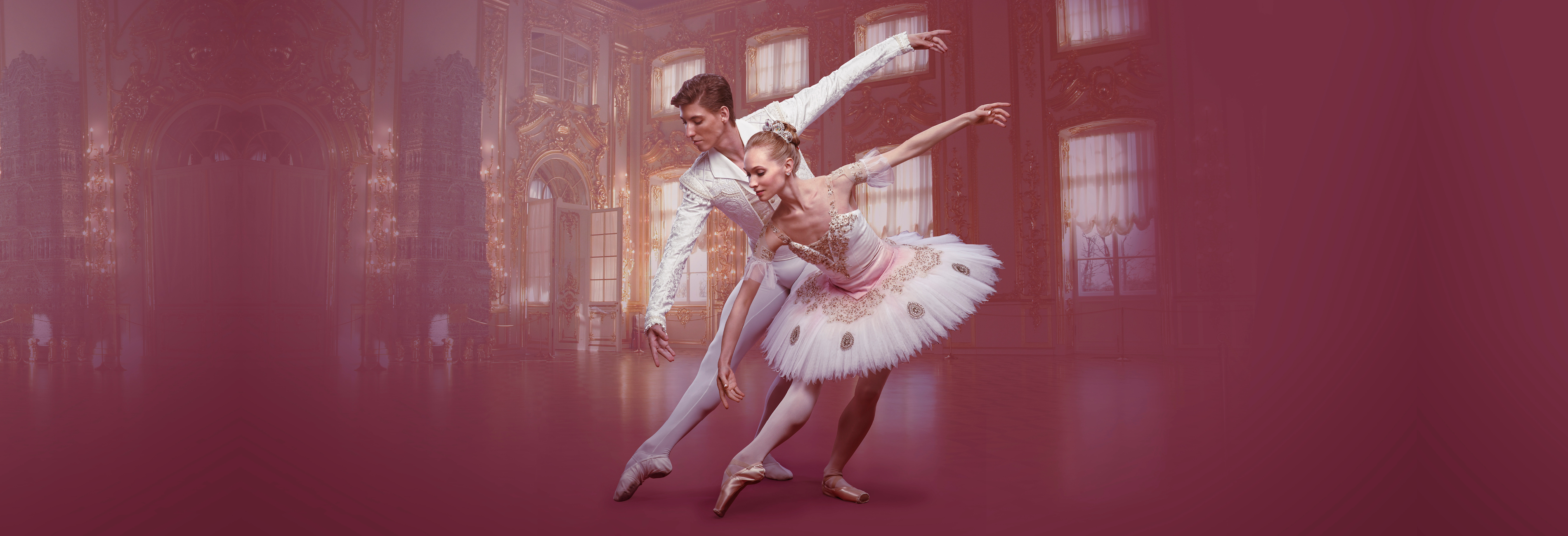
M. Petipa – T. Solymosi – A. Mirzoyan – I. Prokofieva / L. Minkus – É. Deldevez
Paquita-suite
In Brief
Balett divertissement
This production is part of the Classical Bravura triple bill which is available at the following link
https://www.opera.hu/en/programme/2023-2024/klasszikus-bravurok-2023/
Few works in classical ballet history have as many versions as the Paquita suite, also known as the Paquita Grand pas (classique). The new piece was created by Marius Petipa on the basis of the French ballet Paquita by working together with composer Ludwig Minkus to select the main musical numbers. Ever since the original premiere in Russia in 1882, the piece has used as many variations and solos, including additions from external sources, as dreamed up by the choreographer of the given production. In fact, a unique attribute of the piece is that the performing dancers often determine the numbers to dance or even perform choreographies prepared specifically for them.
-
Conductor
-
Solo female
-
Solo male
-
Pas de trois girl 1. (Petipa / Minkus / Deldevez: Paquita)
-
Pas de trois girl 2. (Petipa / Minkus / Deldevez: Paquita)
-
Pas de trois boy (Petipa / Minkus / Deldevez: Paquita)
-
Spanish variation (Petipa / Minkus: Grand Pas)
-
Auber variation (Gzovsky / Auber: Grand Pas)
-
Armida variation (Fokin / Tcherepnin: Le Pavillon d Armide)
-
Talisman varition (Petipa / Gusev / Drigo: The Talisman pas de deux)
-
Trilby variation (Petipa / Gerber: Trilby)
-
Sylphide variation (Petipa / Drigo: La Sylphide (1892))
-
Male variation (Petipa / Minkus / Deldevez: Paquita)
-
First female duo
-
Second female duo
-
Third female duo
-
Paquita girls
-
Featuring
-
Featuring the Hungarian State Opera Orchestra and the students of the Hungarian National Ballet Institute
-
Choreography after Marius Petipa
-
Composer
-
Set designer
-
Costume designer
-
Company répétiteurs
-
Students of the Hungarion National Ballet Institute trained by
Reviews
"Of the many different versions of variations included in “Paquita Suite”, the creative team – led by artistic director Tamás Solymosi and supported by Albert Mirzoyan (choreographer and ballet master) and Irina Prokofieva (ballet master) – chose those most suitable for their dancers. (...) Nóra Rományi’s costume designs were distinguished by their taste and elegance – above all: the tutus. Set designer Oleg Molchanov’s sumptuous red draperies, together with chandeliers and huge candelabra, beautifully furnished the stage."
Ilona Landgraf, Landgraf on Dance